Northern Irish Food Dishes: Basic Overview
Common Ingredients
Common Cooking Methods
Courses
Meals
Key Taste
Eating Etiquette
Meal Presentation
Culinary Festivals
Influence and Fusion
Popular Types of Northern Irish Dishes
-
Bread and doughs
Northern Irish bread and doughs are known for their simplicity and traditional ingredients like potatoes, flour, and buttermilk.
They vary from plain to enriched with items like caraway seeds or dried fruits and are usually leavened with baking soda.
-
Fried dishes
Northern Irish fried dishes are rich and hearty, often combining ingredients like eggs, sausages, and bacon in dishes like the Ulster fry, enjoyed any time of day.
Pasties, with their crispy exteriors and savory minced meat fillings, highlight the cuisine’s preference for deep flavors and varied textures.
-
Desserts
Northern Irish desserts, including the no-bake Fifteens and moist barmbrack, feature simple, local ingredients.
Traditional Yellowman candy offers a crunchy, sweet, and tangy option.
Northern Irish dishes are delicacies belonging to Northern Ireland, a country that forms part of the United Kingdom. Northern Irish food combines influences from Irish specialties, British culinary delights, and Ulster Scots culture.
It mainly uses local ingredients like potatoes, vegetables, dairy, beef, lamb, pork, and seafood from its long coastline. The Ulster Fry is a well-known breakfast with bacon, sausages, black pudding, eggs, and soda bread.
Baking is an important part of this cuisine, with staples like soda bread, potato bread, and wheaten bread. The cooking often involves grilling, boiling, and baking, keeping the food’s natural taste.
More than just food; it’s about the community and sharing meals in local pubs and gatherings, which brings people together and celebrates their culture.
Let’s jump into the world of Northern Irish cuisine. I’ll cover the must-try dishes, what sets the food apart, why it’s winning hearts globally, and the health benefits it brings.
I’ll also touch on how folks in Northern Ireland enjoy their meals and some smart tips on combining food with the perfect drink.
So, are you ready to explore? Let’s get into it.
13 Popular Northern Irish Dishes with Filters
Here’s a list of the best 26 Northern Irish dishes, arranged by how well-known they are worldwide. You can easily search through them based on what they’re made of, how they taste, how they’re cooked, what kind of dish they are, and when they’re typically eaten.
Plus, you can narrow your search to include everything from national and traditional local eats to street snacks.
Irish Stew
- Traditional
Irish stew is a traditional dish of Northern Ireland, enjoyed across the region. It is a comforting, one-pot meal, typically made with lamb or mutton, potatoes, onions, and carrots.
Irish stew is particularly savored during colder months and is often associated with St. Patrick’s Day celebrations.
Soda Bread
- Traditional
Soda bread, another staple of Northern Irish cuisine, is a variety of quick bread that’s incredibly easy to make and delicious. Unlike other bread, it’s leavened with baking soda instead of yeast, which gives it a distinctive texture and taste.
The classic version is plain, but you’ll find variations like adding caraway seeds or dried fruits for a sweet twist.
Its taste is unique – slightly tangy due to the buttermilk used in the dough, with a dense yet soft texture. Soda Bread is a go-to accompaniment for meals at any time of the day, particularly enjoyed with butter or jam, and even with soups and stews like the Irish Stew.
It’s a part of daily meals and festive occasions, especially during St. Patrick’s Day. Soda bread is popular beyond Northern Ireland, especially in the United States and other parts of the UK.
Ulster Fry
- National
- Street Food
- Traditional
Ulster fry is a traditional breakfast dish famous in Northern Ireland. This full meal is an assembly of fried eggs, sausages, bacon, black pudding, white pudding, tomatoes, mushrooms, and, not to forget, soda bread or potato bread.
Ulster fry doesn’t just stick to breakfast tables; it’s enjoyed throughout the day, especially on weekends or during holiday mornings.
Boxty
- Traditional
Boxty, also known as potato cake or potato bread, is a signature Irish dish with a special place in Northern Irish cuisine. This dish comes in a few variations, such as pan-fried boxty pancakes, boiled boxty dumplings, and baked boxty loaves.
Made primarily from grated potatoes mixed with flour, milk, and sometimes egg, boxty carries the comforting taste of potatoes with a slight tanginess, often served as a side dish with butter or used as a base for toppings.
It’s particularly popular during breakfast or as part of a main meal, especially during St. Patrick’s Day festivities.
Champ
- Traditional
Champ is a time-honored Northern Irish dish consisting of creamy mashed potatoes mixed with scallions (spring onions), milk, and butter. The dish is known for its comforting, smooth texture and the mild, oniony flavor that the scallions bring.
It’s especially enjoyed during the colder months and can be found at family dinner tables and local pubs across Northern Ireland.
Belfast Bap
- Street Food
- Traditional
Belfast bap is a soft, round bread roll originating from Belfast, Northern Ireland. It’s distinguished by its size and fluffy texture, making it an ideal choice for sandwiches or as an accompaniment to soups and stews.
The Belfast bap is versatile and can be filled with everything from classic breakfast items like bacon and eggs to lunchtime fillings such as ham, cheese, or salad. It’s a common sight in bakeries and cafes across the country.
Wheaten Bread
- Traditional
Wheaten bread is a wholemeal soda bread deeply rooted in Northern Irish cuisine. It’s a straightforward, no-fuss bread made with wholemeal wheat flour, baking soda, buttermilk, and often a touch of sugar and salt for flavor.
This bread is known for its dense yet soft texture and slightly sweet, nutty flavor, making it a perfect companion for butter, jam, or cheese.
Fifteens
- Street Food
- Traditional
Fifteens is a unique, no-bake treat popular in Northern Ireland. The name comes from the recipe’s basic formula: fifteen marshmallows, fifteen digestive biscuits, and fifteen glacé cherries, all bound together with condensed milk and then rolled in coconut.
Fifteens are a favorite at casual gatherings, picnics, and especially during Christmas and Easter.
Veda Bread
- Traditional
Veda bread is a type of malted bread unique to Northern Ireland. It’s distinguished by its dark color, sweet flavor, and soft, dense texture. Typically sliced and toasted, veda bread is often enjoyed with butter or as the sandwich base.
Barmbrack
- Traditional
Barmbrack, also known simply as brack, is a traditional Irish bread that becomes especially popular around Halloween in Northern Ireland and the rest of Ireland.
This sweet, dense bread is dotted with dried fruits like raisins and sultanas, which have been soaked in tea overnight.
Often served sliced with butter, barmbrack has a rich, moist texture and a slightly spicy taste thanks to the addition of mixed spice. Traditionally, barmbrack comes with hidden items baked inside, such as a ring or a coin, which are said to predict the finder’s future.
Pasties
- Street Food
Northern Ireland’s pasties are a popular street food, made from minced meat, potatoes, and onions, formed into patties, coated in batter, and deep-fried, offering a crispy outside and a savory inside.
They can vary in seasonings and meats, commonly found in local chip shops. They differ from Cornwall’s pasties; Northern Irish pasties are deep-fried with a ground meat filling, while Cornwall’s pasties are baked turnovers with a chunky beef and vegetable filling.
Yellowman
- Street Food
- Traditional
Yellowman is a basic Northern Irish candy, bright yellow with a honeycomb texture, made from sugar, golden syrup, and vinegar. It’s hard toffee that’s sweet, tangy, and crunchy, mainly found at fairs and markets, particularly the Auld Lammas Fair in Ballycastle.
Dulse
- Traditional
Dulse is a traditional Northern Irish seaweed, dried and eaten as a snack or used to flavor dishes with its salty, oceanic taste and chewy texture. It’s enjoyed both on its own and in soups, stews, or bread.
Appreciated worldwide, especially in coastal communities like Iceland and Canada, dulse is valued for its rich mineral content and unique sea flavor.
What Is Northern Irish Dining Etiquette?
Let’s look at how to enjoy a meal in Northern Ireland:
Tipping: A thank you in the form of a 10-15% tip is a nice touch in restaurants for good service, but don’t worry about it in pubs or if you’re just having a drink.
What Are The Ideal Drink Pairings For Northern Irish Dishes?
Here’s a look at some beverages that pair well with typical Northern Irish dishes:
Remember, the best pairing suits your taste preferences, so feel free to experiment with different beverages from Northern Ireland to find your perfect match.
Northern Irish dishes are all about tasty food that makes you feel good. Let’s hear if you liked reading about them and want to talk more or try some! Hit like, share this with your friends, and drop a comment below to show love for these awesome meals.


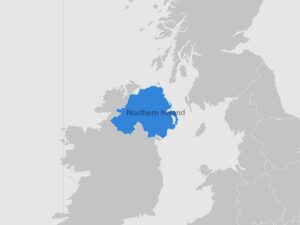
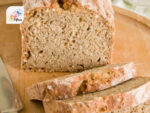
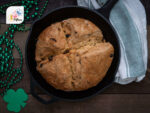
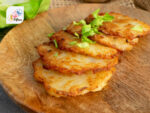
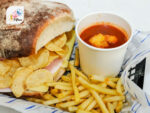

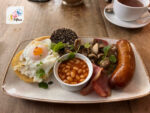

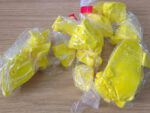
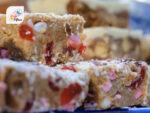
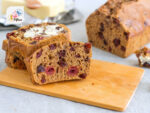
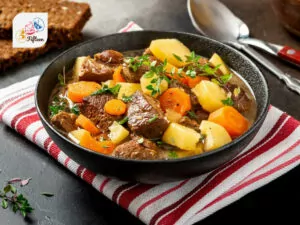
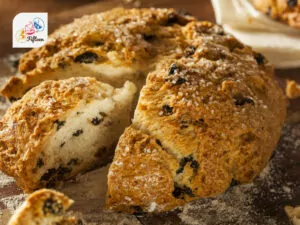
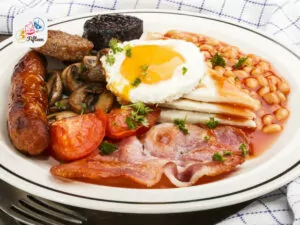
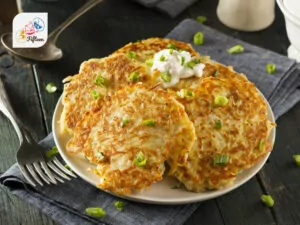
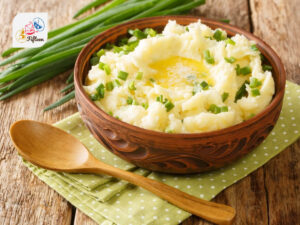
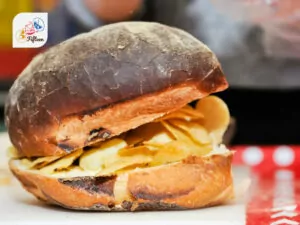
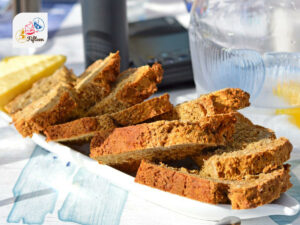
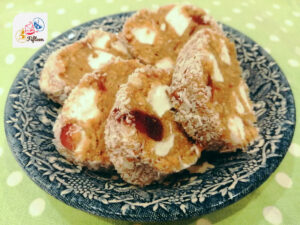
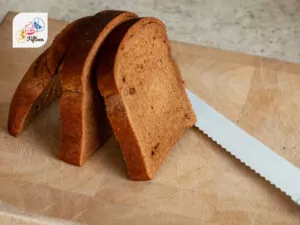
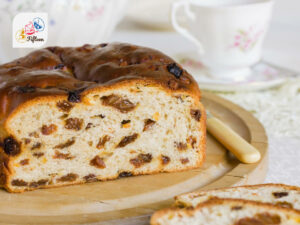
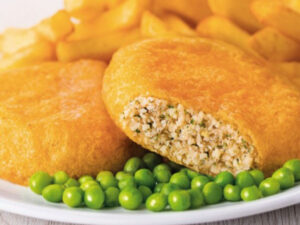
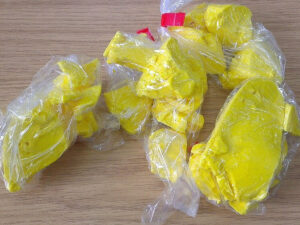
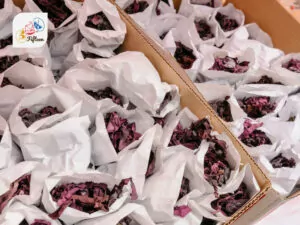
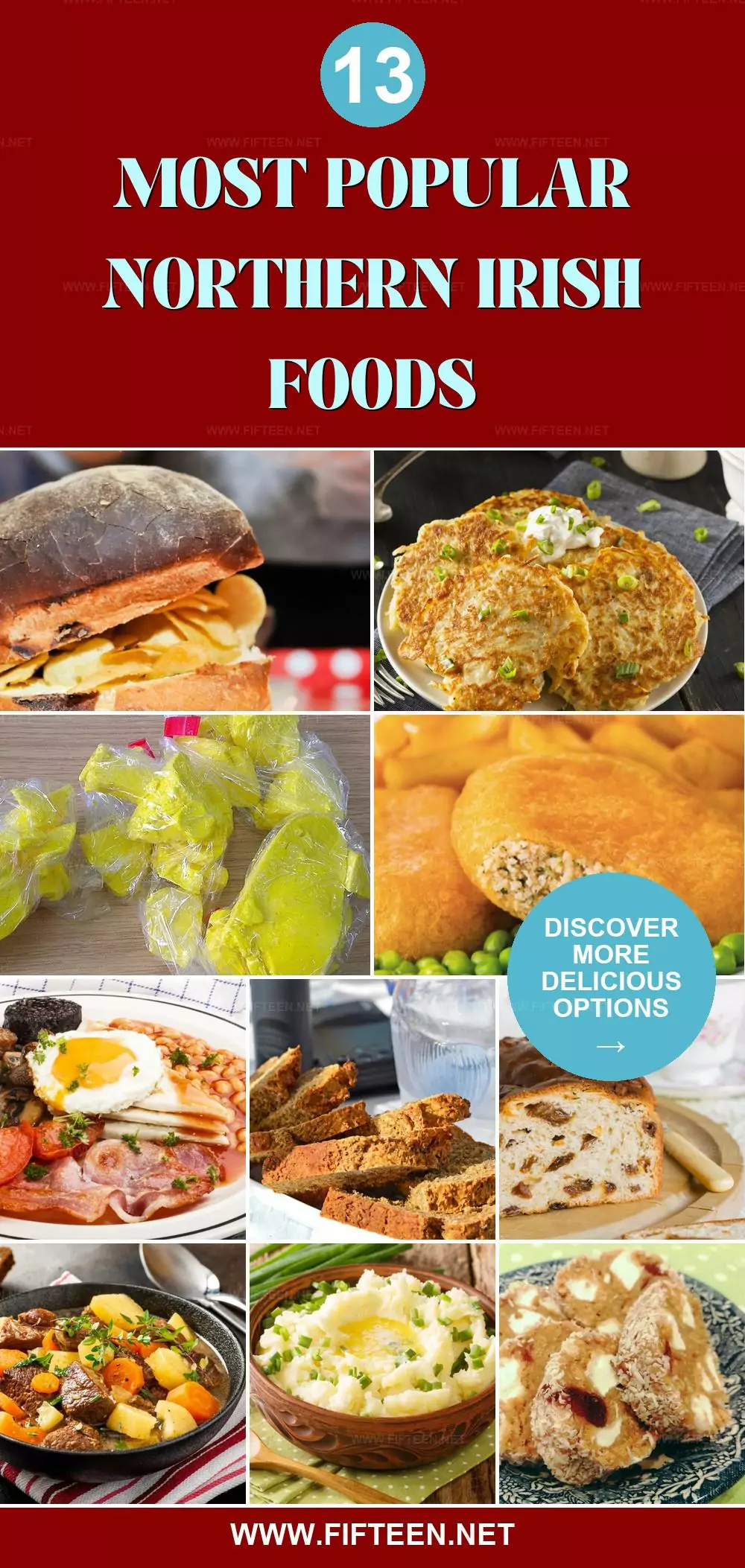
Jamie Scott
Editor in Chief, Senior Content Writer
Expertise
Home Cooking, Meal Planning, Recipe Development, Baking and Pastry, Food Editor, Cooking-video Maker, Western Food Evaluation Expert
Education
Le Cordon Bleu College of Culinary Arts
Local Community College, New York, NY
Jamie Scott is a skilled culinary expert and content creator specializing in Western cuisine. With over 15 years in the culinary field and formal training from Le Cordon Bleu, Paris, Jamie deeply understands how to blend nutrition with delicious flavors. His passion for cooking matches his commitment to making healthy eating accessible and enjoyable.
On Fifteen.net, Jamie brings a fresh perspective to classic dishes and beverages, offering readers insightful recipes, cooking tips, and a fresh view on meal planning that emphasizes taste, health, and simplicity.